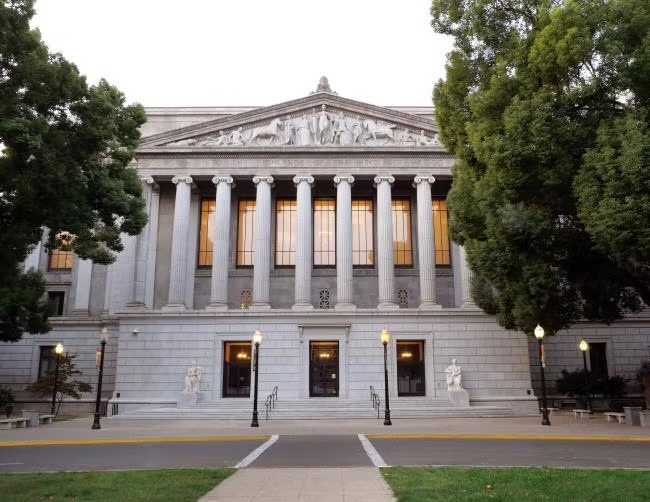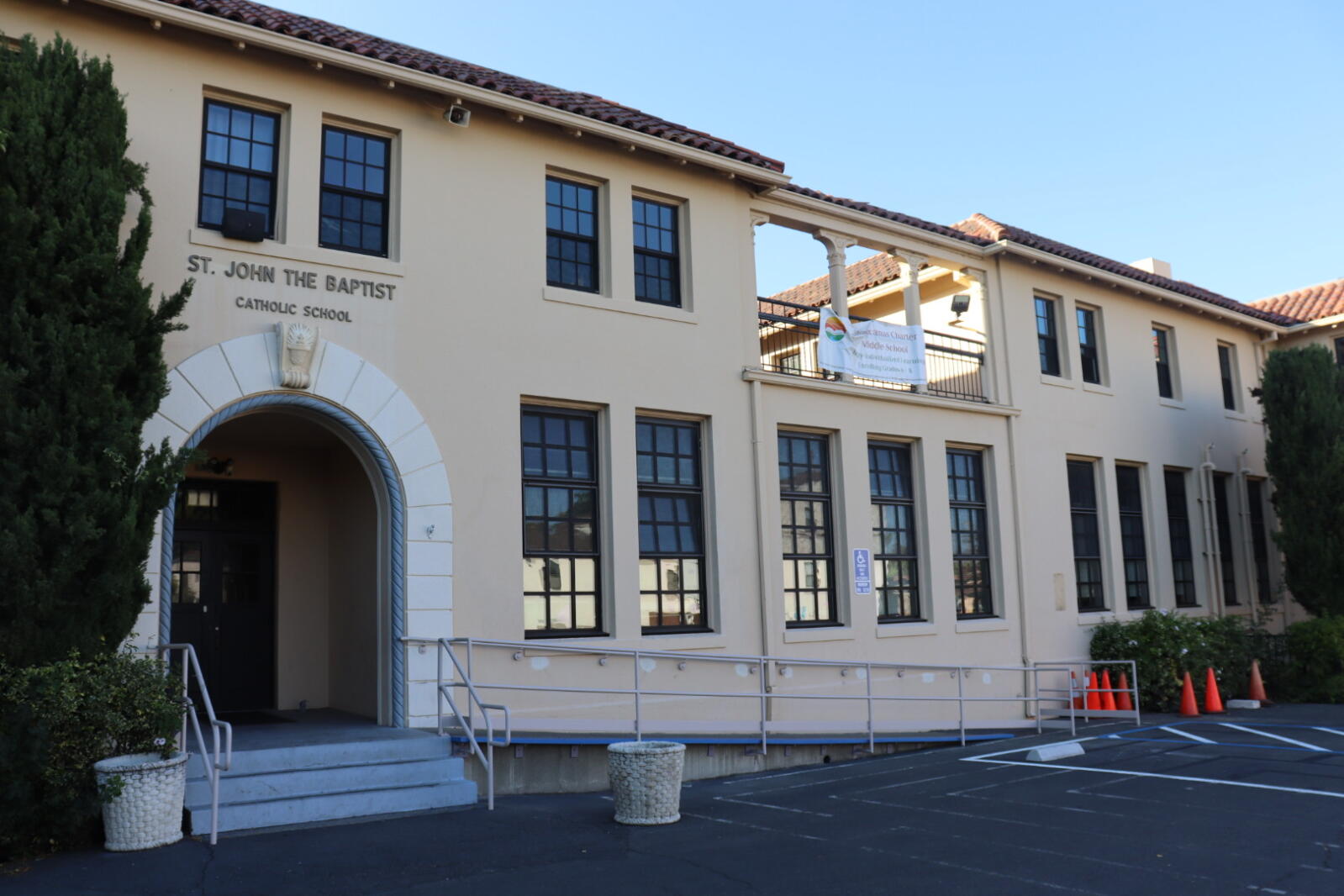On March 22, 2017, the U.S. Supreme Court issued a unanimous decision clarifying what it means for an individualized education program (IEP) to satisfy the free appropriate public education (FAPE) requirement of the Individuals with Disabilities Education Act (IDEA) when a student is not accessing the general education curriculum and progressing from grade to grade. Endrew F., a child with autism, received annual IEPs in his public school from preschool through fourth grade and was not performing at his age or grade level in academics or functional performance. In fifth grade, dissatisfied with his progress, and concluding that Endrew’s IEP was the same as the previous year’s, Endrew’s parents enrolled him in a private school where he made significant progress. Endrew’s parents sought reimbursement for his private school tuition, contending that the IEPs offered by the school district were not reasonably calculated to provide an educational benefit and had not resulted in sufficient progress.
The lower courts denied the parents relief, concluding that because Endrew’s IEP had been “reasonably calculated to enable [him] to make some progress, the IEP was consistent with the FAPE standard established in the Supreme Court’s 1982 decision in Board of Education v. Rowley, which the lower courts took to mean that a student’s IEP is adequate as long as it is calculated to confer an “educational benefit [that is] merely … more than de minimis.” The Supreme Court disagreed, stating that a “student offered an educational program providing ‘merely more than de minimis‘ progress from year to year can hardly be said to have been offered an education at all.” Rather, the IDEA demands more and “requires an educational program reasonably calculated to make progress appropriate in light of the child’s circumstances.” The Supreme Court declined to elaborate on what “appropriate progress” would look like, but reiterated that the adequacy of a given IEP turns on the unique circumstances of the individual for whom it was created. The decision also explains that the “some progress” language in Rowley was correct to the extent it applied to a case with a student who was progressing through the regular curriculum and easily moving from grade to grade. However, for children with more substantial impairments, for whom grade-level advancement is not a reasonable prospect, IEPs should be appropriately ambitious in light of the particular student’s circumstances.
This decision highlights and reminds educators of the individualized nature of designing IEPs and determining adequate progress for students with disabilities. We expect this may prompt inquiries about the adequacy of students’ IEPs, particularly in designing a program and writing goals that are “appropriately ambitious” for the individual student. To read the case, please click here.



![25_0123 DWK 2025 BIT Thumbnail_500x500[1]](https://www.dwkesq.com/wp-content/uploads/2025/02/25_0123-DWK-2025-BIT-Thumbnail_500x5001.jpg)